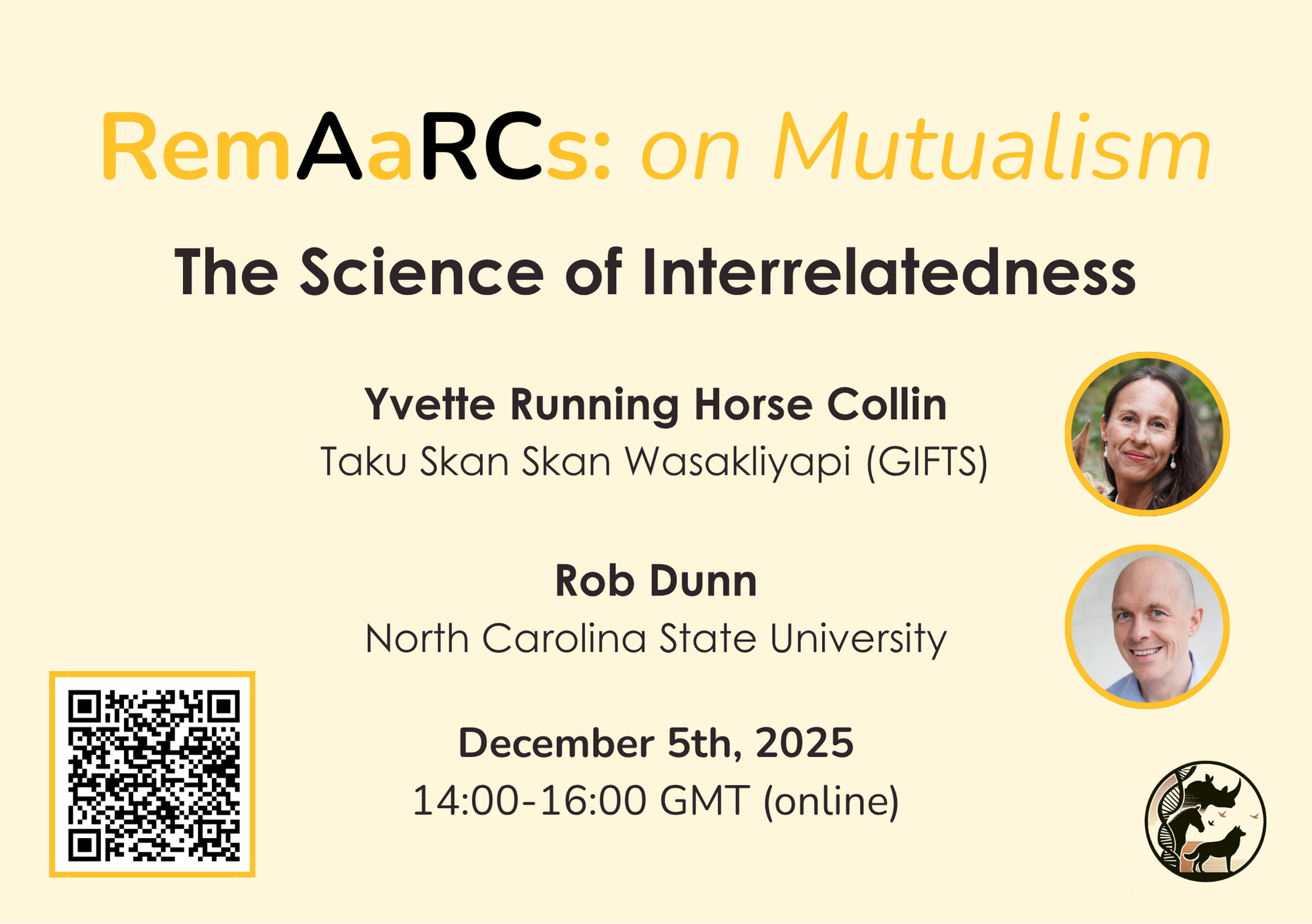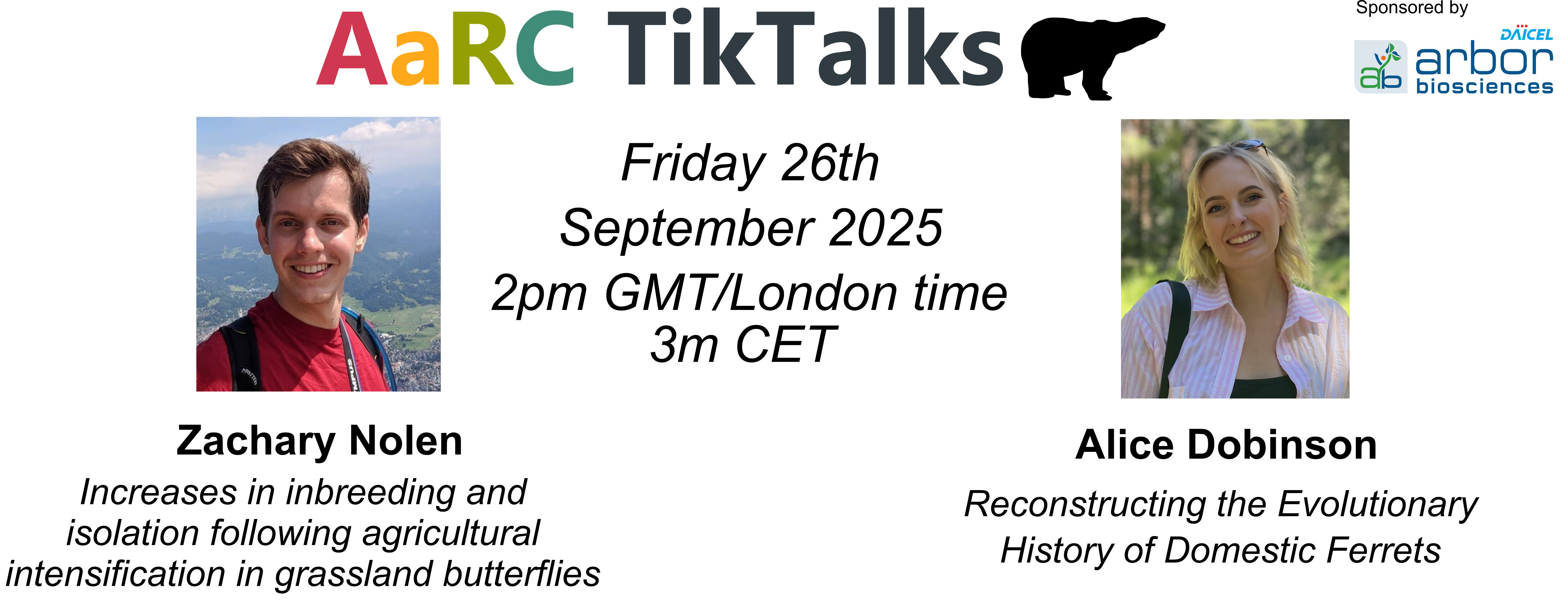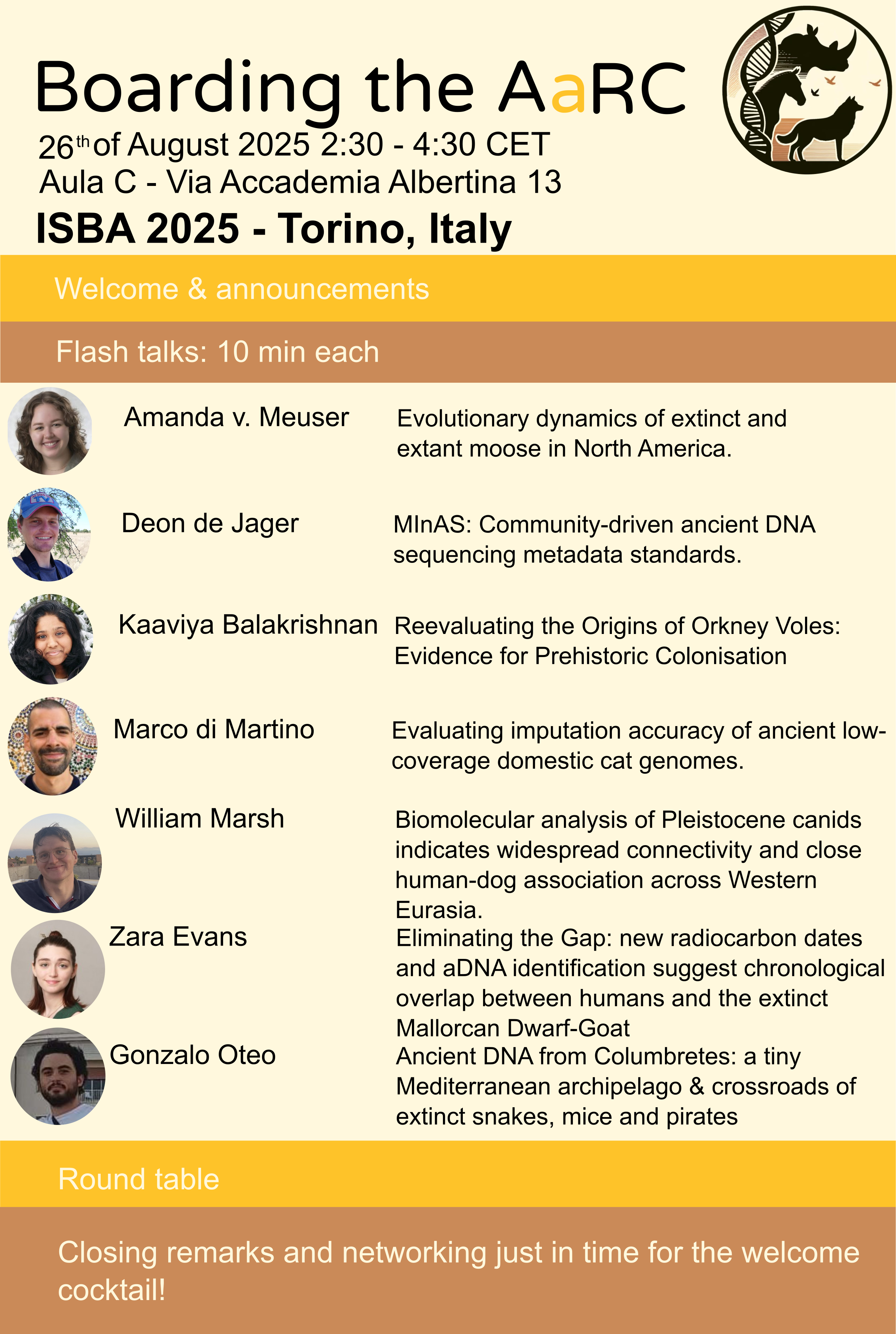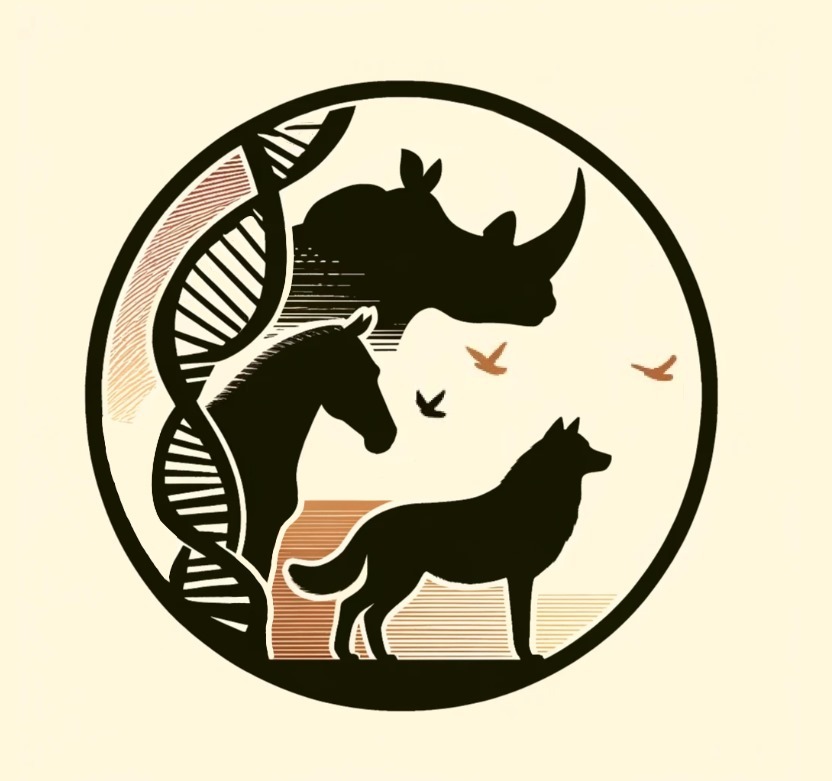RemAaRCs: on Mutualism

An international and open community of animal ancient DNA researchers.




New Zealand (Aotearoa), a remote island nation in the southwestern Pacific Ocean known for its striking natural beauty and remarkable biodiversity. Made up of two main islands, the North Island and South Island, and numerous smaller islands, New Zealand currently spans a diverse range of ecosystems, including ancient temperate rainforests, alpine environments, wetlands, coastal dunes, and grasslands. Its isolation from other landmasses for over 80 million years allowed unique plant and animal life to evolve, with a set of ecosystems largely shaped by birds rather than mammals. In this way, New Zealand’s ecosystems are not only ecologically rich but also highly sensitive to change, making them a vital focus for conservation and ecological research. Indeed, when we think of New Zealand’s birds, we often imagine its ancient, unique species, such as kiwis, the moas, or kākāpōs that seem to have evolved in complete isolation. But a recent study by our AaRC speaker Dr. Pascale Lubbe published in Molecular Ecology [1] tells a different, more dynamic story: one where climate change, rather than just time and isolation, played a starring role in shaping New Zealand’s birdlife, with Australian continental birds playing a major part in the action.
More …